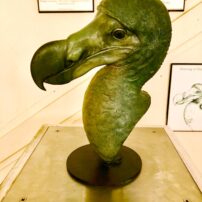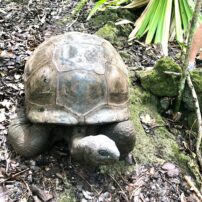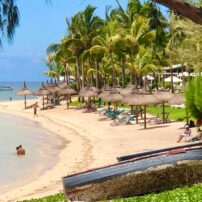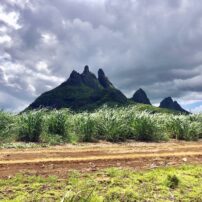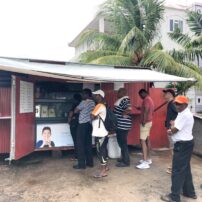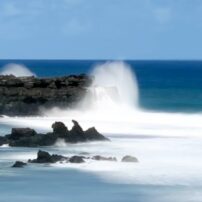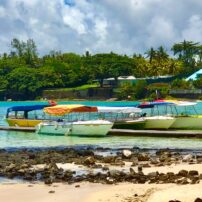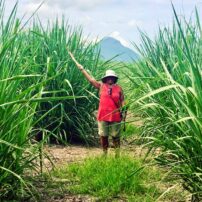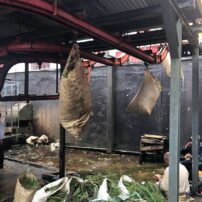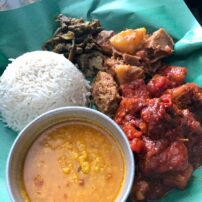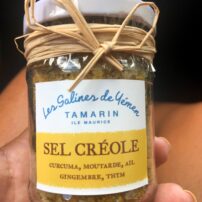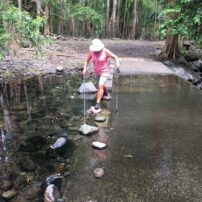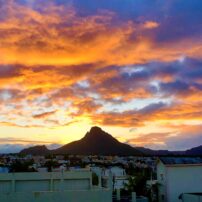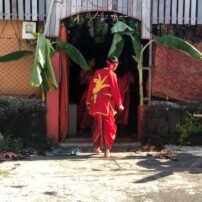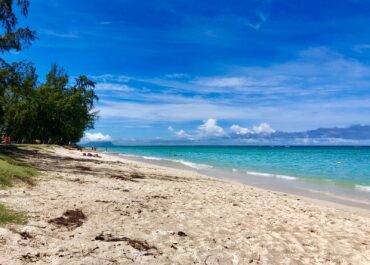
In the Indian Ocean southeast of the continent of Africa, some 1,200 miles off the coast, lies the idyllic volcanic island of Mauritius. A hidden gem of lush and beautiful beaches, excellent year-around weather and diverse cultural life.
Logistics
Most visitors will arrive at the Port Louis airport via South Africa, Kenya, Dubai or India. Resorts are located throughout the island, but the popular north beach area of Grand Baie and east-facing beaches including Belle Mar and Blue Bay host many of the more upscale operators. Flic en Flac beach, located on the west-facing side, is home to a wide variety of vacation homes, Airbnb rentals and condos, as well as smaller, boutique hotels and resorts.
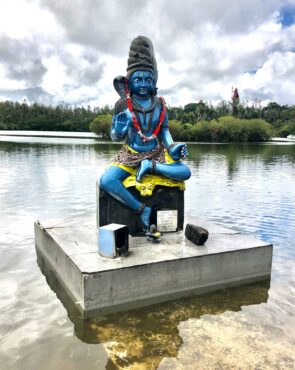
Unless you don’t plan to leave your resort (which would be a big mistake), having a car on Mauritius is really important. There is only one main highway on the island, so generally you will be driving either through towns or on rural roads — but the roads are well-maintained and the traffic is light. A remnant of the British occupation of the island is the left-hand driving. Mauritius is smaller than the state of Rhode Island, so you can easily drive its entire length in a few hours.
The predominant language on the island is French, left over from the French occupation (everyone speaks English too). You will also hear a local creole dialect, Hindu and Chinese. Many tourists come from France, as well as Germany and Australia.
Mauritius enjoys a mild, tropical maritime climate throughout the year. The country has two seasons: a warm, humid summer extending from November to April and a relatively cool, dry winter from June to September. Cyclones are common in the summer.
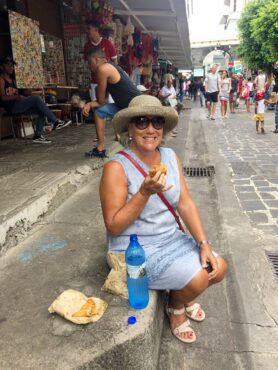
Things to Do
Although the beaches are the main draw for visitors to the island, there are plenty of other interesting and fun things to see and do around the entire island.
Visit Ile Aux Aigrette, an island just a few hundred yards offshore that is managed by the Mauritian Wildlife Foundation. On a guided tour, you will learn about the extinct 3-foot-tall dodo bird (found only on this island until its extinction in 1662, due to loss of habitat and sailors eating the bird), the extinct giant tortoise (also slaughtered by sailors and extinct by 1700), the pink pigeon (coming back from near extinction), the Mauritius kestrel and many other amazing birds and indigenous plants.
Take a hike — Mauritius offers so many wonderful options to get out into nature and enjoy the many lush rainforests, mountain views and coastal scenery. Not to be missed are the Black River Gorges National Park and La Morne Mountain in the southwest area and La Pouse Mountain (The Thumb) in the middle of the island.
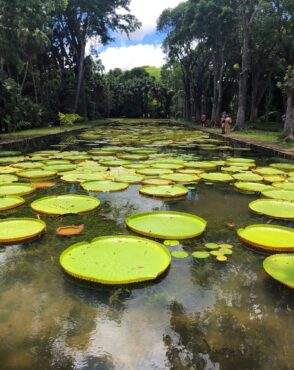
Spend a day in the north of the island enjoying the capital city of Port Louis. A good way to see Port Louis while learning some history and eating lots of food is to join Taste Buddies street food tour. You will be introduced to some of the island’s best foods and visit the Central Market, Chinatown and the Caudan waterfront shopping area.
While in the Port Louis area, spend a few hours at the Pamplemousse Mauritius National Botanical Gardens, with a fascinating collection of more than 650 native and nonnative plants. The garden began more than 300 years ago and you can easily spend a week exploring it.
Mauritius was settled by Europeans, who found the island’s climate perfect for sugarcane and tea. Today, both still grow in abundance and you can visit several tea plantations to learn about the process and enjoy a tasting at the end of your visit.
In the center of the island, you will arrive at the Grand Basin, a sacred lake surrounded by Hindu temples. If you are on the island during any of the Hindi holiday celebrations, it’s a sight to behold.
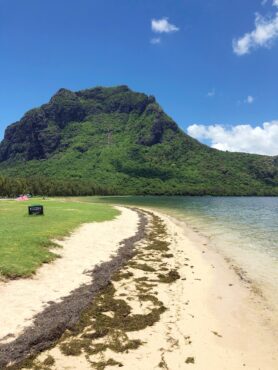
At your resort or through a private operator, you can enjoy a wide variety of water sports, including catamaran excursions to nearby islands, kayaking, stand-up paddle boarding, fishing, snorkeling and diving.
History
The first Portuguese explorers arrived on the uninhabited island in 1507. From 1638 to 1710, the Dutch occupied the island and began the exploitation of the ebony tree and introduced sugarcane. They named the island after Prince Maurice of the Dutch Republic.
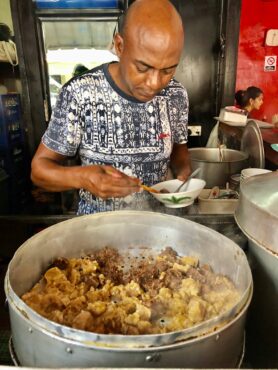
The French occupied the island from 1715 until 1810, surrendering it to the British after a four-year battle. The French language stuck, however. The British controlled the island until its independence in 1968, and slavery was abolished in 1835. But in lieu of slavery, indentured servants, mainly from India and China, arrived to work the sugarcane fields.
Cuisine
This wide variety of ethnic cultures throughout several hundred years made a huge impact on the island — an impact that remains today. It’s evident in the people, the religions and the food. Mauritius is known for its delicious Indian, French, Creole and Chinese cuisines, as well as many dishes unique to the island and use local ingredients and spices. Sea salt, vanilla, ginger, coriander, garlic, coconut, peanuts, many more spices, legumes and tropical fruits are part of the local cuisine.
Getting to Mauritius is worth the effort, so plan to stay awhile and kick back and relax. The people are friendly, the culture is colorful and festive, the scenery is spectacular and the food is amazing. Everything you want in a destination. Magical Mauritius.




